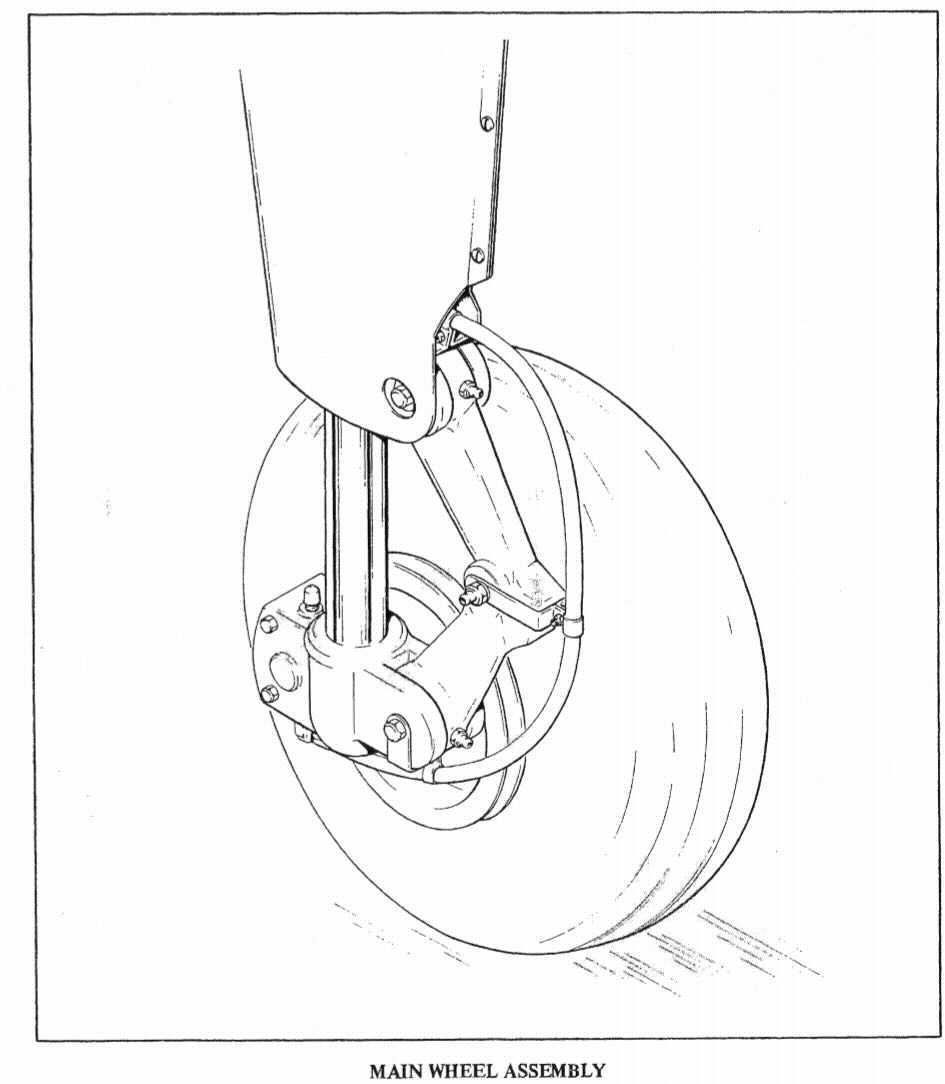Task III.C - Operation of Systems 5 - Landing Gear
Lesson Overview
- Objective
-
To discuss the powerplant and propeller system with the student so they better understand standard operations.
- Reference
-
-
(PHAK) FAA-H-8083_25B
-
(AFH) FAA-H-8083-3B
-
PA-28-151 POH
-
- Elements
-
-
Gear system
-
Brake System
-
- Equipment
-
-
iPad
-
White board and markers
-
- Schedule
-
-
Discuss objectives
-
Review material
-
Development
-
Conclusion
-
- Instructor Actions
-
-
Discuss lesson objectives with student
-
Present the lecture
-
Answer questions the student has
-
Question the student to verify knowledge and note taking
-
Assign certain areas to focus on for homework
-
- Student Actions
-
-
Listen to presentation
-
Take notes on the lesson
-
Ask questions if further explanation is needed or just curious
-
After lesson give a brief explanation of the landing gear (using notes if necessary)
-
- Completion Standards
-
Student can describe the landing gear system and draw basic diagrams of the system behind it with a level of knowledge that is adequate for their stage of training.
Instructor Notes
Introduction
- Attention
-
The landing gear is essential for the aircraft to land safely and you need to have an idea of how it works.
- Why
-
Every time the aircraft is going to encounter the ground (which all aircraft must do at some point) the landing gear is essential. If something goes wrong with one of the many components of the gear, then as the pilot of the aircraft you must know those components so when troubleshooting you understand what you’re testing.
Lesson Details
Landing Gear
Nose Wheel
-
The nose wheel landing gear use Cleveland 5.00 x 5 wheels.
-
Nose tire requires PSI of 30psi
-
30 degree max turning arc to each side, by use of rudder pedals.
Main Gear

-
Main gear wheels use Cleveland 6.00 x 6, four-ply rating, Type III tires with tubes.
-
At gross weight the tires require a pressure of 24psi.
Struts
-
Ohleo type struts
-
air-oil type.
-
3.25" for nose gear.
-
4.5" for main gear struts.
Brakes
-
Brakes are actuated by toe brake pedals, attached to the rudder pedals or the hand lever (parking brake).
-
Hydrolic
A spring device is incorporated in the rudder pedal torque tube assembly to provide rudder trim. By using the rudder pedals and brakes, the nose gear is steerable through a 20 degree arc each side of center. A shimmy dampener is also included in the nose gear.
The three struts are of the air-oil type, with a normal extension of 3.25 inches for the nose gear and 4.50 inches for the main gear.
Sideloading Landing Gear 😲😧
When you land in a crosswind, your airplane and your wheels are pointed in a slightly different direction than your direction of travel. As your wheels contact theground, the wheels want to go in the direction they are pointed, and the inertia of the airplane keeps it going in the same direction it was travelling in. The difference in the direction of travel, and the direction the wheels are pointed, causes the tires and wheels and landing gear struts to be pulled sideways.
If the difference is extreme, the tires can pull away from the rims. Landing gear struts are designed to take a straight on load as you land, and the side force could make the strut fail, or pull away from its mount.
Conclusion
Its obvious of how important engines are for a safe journey in the skies. Knowing about how engines work help us better understand how to get maximum life out of them, and troubleshoot in case something goes wrong while we’re in the air.
ACS Requirements
To determine that the applicant exhibits instructional knowledge of the elements of principles of flight by describing:
-
Primary and secondary flight controls
-
Trim
-
Powerplant and propeller
-
Landing gear
-
Fuel, oil, and hydraulic
-
Electrical
-
Avionics including autopilot
-
Pitot static, vacuum/pressure and associated instruments
-
Environmental